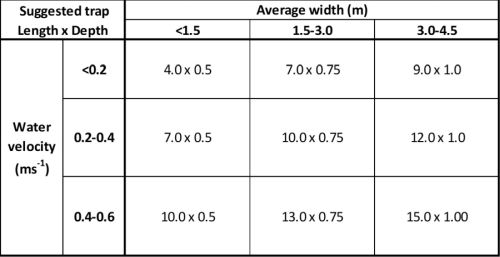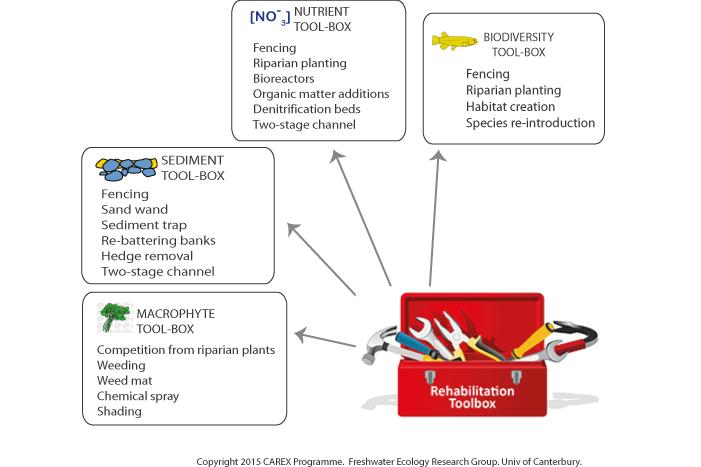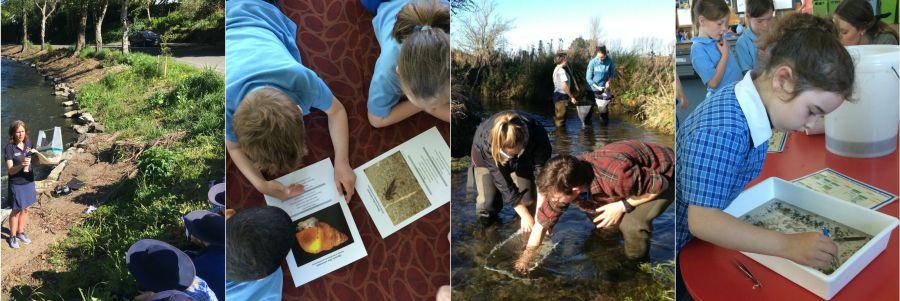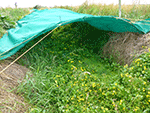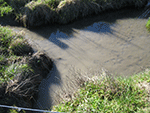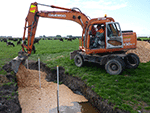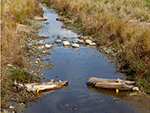The Freshwater Biodiversity Box is a dedicated set of freshwater sampling gear and activities available for schools.
It includes the tools to sample freshwater invertebrates, information on sampling methods, invertebrate identification guides and activities based on three key concepts:
1) healthy freshwater habitats;
2) invertebrates as biomonitoring tools; and
3) food webs.
The Freshwater Biodiversity Box was developed by the CAREX team with the $2000 prize from the Canterbury Aoraki Conservation Board Award & Trophy received in 2017. This award recognises the efforts of local groups and individuals supporting conservation within the wider Canterbury region and is supported by the Isaac Conservation and Wildlife Trust. CAREX was recognised with the prestigious award for their efforts in improving freshwater biodiversity and ecosystem healthy in agricultural waterways.
Head over to the UC Biology Science Outreach website for other printable resources and to make a reservation.
Contents of the Freshwater Biodiversity Box
2x waders (size 7 and 10)
2x surber samplers - for taking quantitative samples of organisms
4x kicknets - for taking qualitative samples of organisms
1x dissolved oxygen meter
5x clipboards
2x one metre rulers
1x 30m tape measure
12x white invertebrate sorting trays
1x detergent spray
30x forceps
15x freshwater invertebrate id guides
15x macroinvertebrate guides
15x fish guides
Resources for junior students:
1x Up the River book
1x Tuna and Patiki book
4x foodweb game
Printed resources
- Observe like a scientist
- Water quality monitoring
- Waterway scavenger hunt










